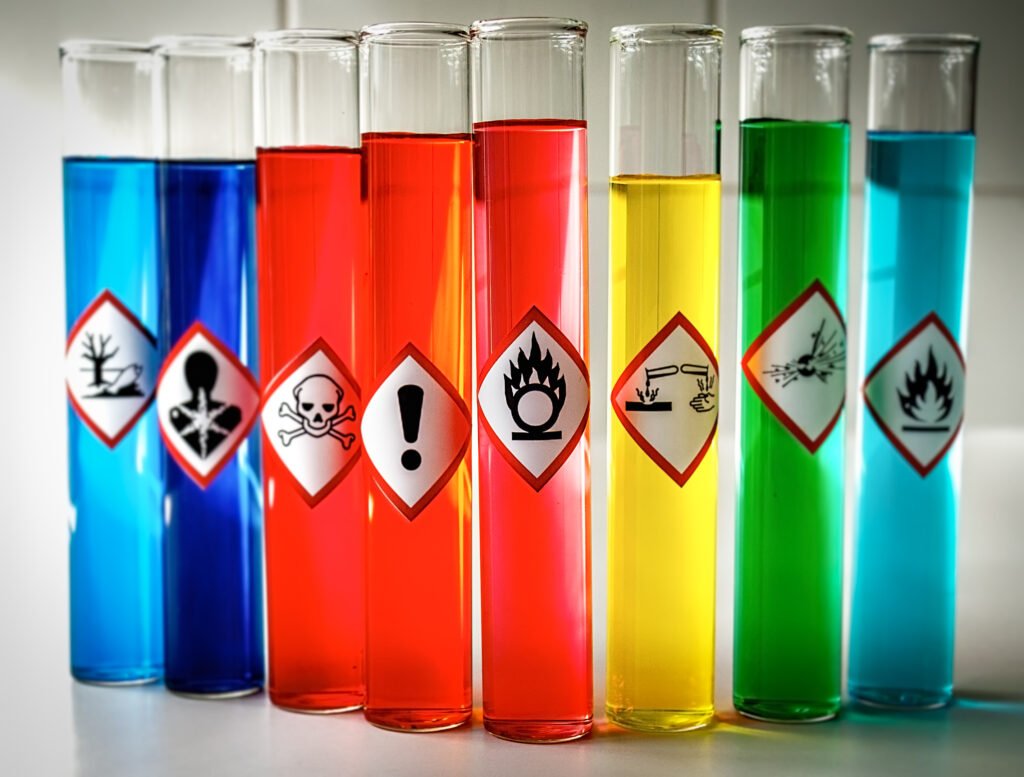On September 6, 2023, Malaysia published proposed amendments to Parts 2 and 3 of the Industry Code of Practice on Chemicals Classification and Hazard Communication, and began soliciting opinions. The deadline for submission of opinions is November 10, 2023. These amendments were prepared based on the 8th revision of the United Nations GHS. The Industry Code of Practice (ICOP) is a legally binding document that must be followed to comply with the Occupational Safety and Health (Classification, Labelling and Safety Data Sheet of Hazardous Chemicals) Regulations 2013 (commonly referred to as the CLASS Regulations).
The details of the proposed amendments and the call for opinions can be viewed at the following URL:
https://www.dosh.gov.my/index.php/public-online-advertising/2248-seranta-awam-draf-perundangan-tataamalan-industri-mengenai-pengelasan-bahan-kimia-dan-komunikasi-hazard-bahagian-2-bahagian-3-2014
The ICOP consists of the following four Parts and an Appendix:
- Part 1: List of Classified Chemicals
- Part 2: Classification of Chemicals
- Part 3: Hazard Communication – Display and SDS
- Part 4: Confidential Business Information (CBI)
Amendments to Part 2 (Classification of Chemicals)
Mainly, the following hazard classes are amended in terms of definitions and classification methods.
| Hazard | Hazard class |
|---|---|
| Physical Hazards | Explosives/Flammable gases/Flammable liquids/Flammable solids/Oxidizing gases/Oxidizing solids/Gases under pressure/Self-reactive substances/Substances which in contact with water emit flammable gases/Organic peroxides/Substances corrosive to metal |
| Health Hazards | Acute toxicity/Skin corrosion or irritation/Serious eye damage or eye irritation/Respiratory sensitization/Skin sensitization/Germ cell mutagenicity/Carcinogenicity/Reproductive toxicity/Specific target organ toxicity (single exposure)/Specific target organ toxicity (repeat exposure)/Aspiration toxicity |
| Environmental Hazards | Hazardous to the aquatic environment/Hazardous to the ozone layer |
Amendments to Part 3 (Hazard Communication – Display and SDS)
In addition to amendments related to labeling, the guidance for the creation of SDSs has been amended, mainly as follows:
| Items listed in the SDS | Amendment Points |
|---|---|
| 1. Chemicals and Company Information | 3.7.1.1.4 (The product specific name of the substance must match the product specific name used on the label) was added |
| 4. First-aid measures | First paragraph amended |
| 6. Measures in case of leakage | 3.7.6.1.2 (Provision of information about materials suitable for protective clothing for emergency personnel) was added |
| 8. Exposure prevention and protection measures | 3.7.8.1.1 Amended heading “Exposure monitoring” to “Air monitoring” |
| 9. Physical and chemical properties | Guidance on the nature of what should be written was added |
| 11. Hazard information | Guidance on information to be provided was corrected |
| 14. Transportation precautions | Guidance on bulk transport was added |
Appendix Amendment Points
In addition, with regard to Parts 2 and 3, the Appendix was also amended as follows.
| Appendix | Amendment Points |
|---|---|
| Appendix 2.2 | Replace with guidance on the classification of carcinogenicity from the list of controlled substances in the Montreal Protocol |
| Appendix 2.3 (Classification Record) | The recording example for a classification required by regulations was amended |
| Appendix 3.1 (List of Hazard Information) | H315 + H320 (skin and eye irritation) was deleted |
| Appendix 3.2 (List of Notes) | Deleted, replaced, revised, or added new items for many items |
| Appendix 3.3 | Replaced with a guide on selecting notes from a list of label elements |
| Appendix 3.4 | Replaced the list of label elements from the label element placement examples and amended the notes |
| Appendix 3.5 | Moved the label element placement examples to the new Appendix 3.5, introduced material and mixture label examples, and folded label examples |
 Malaysia to amend Industry Code of Practice on Chemicals Classification and Hazard Communication based on CLASS regulations
Malaysia to amend Industry Code of Practice on Chemicals Classification and Hazard Communication based on CLASS regulations 

























